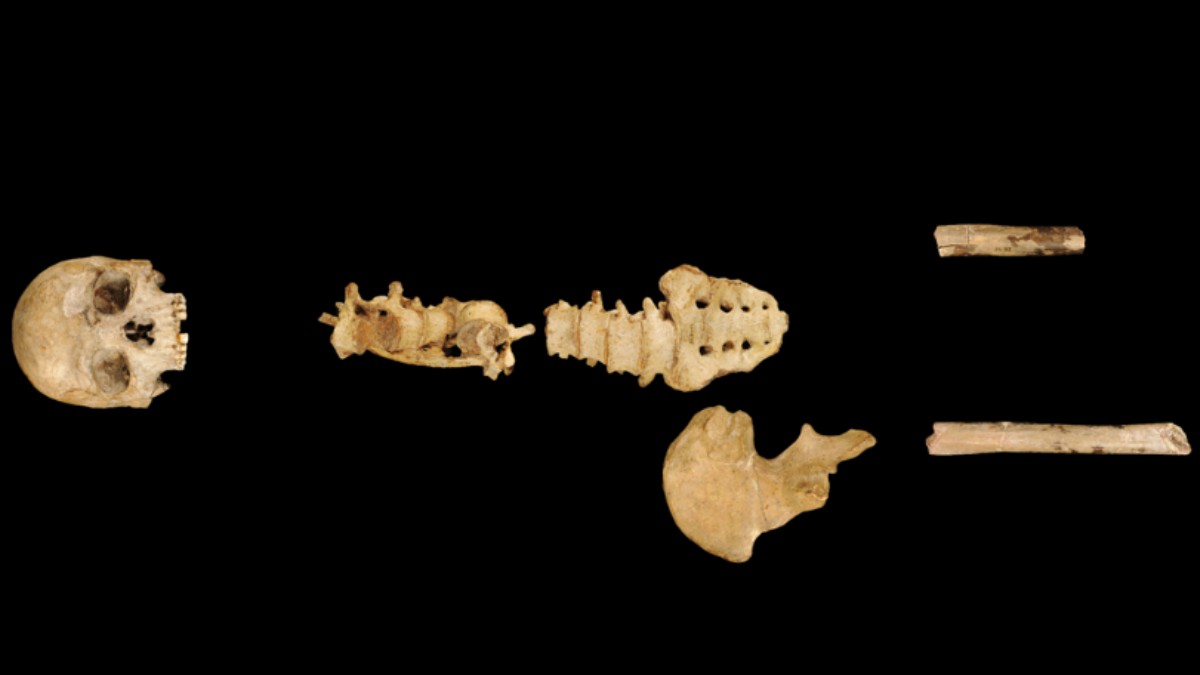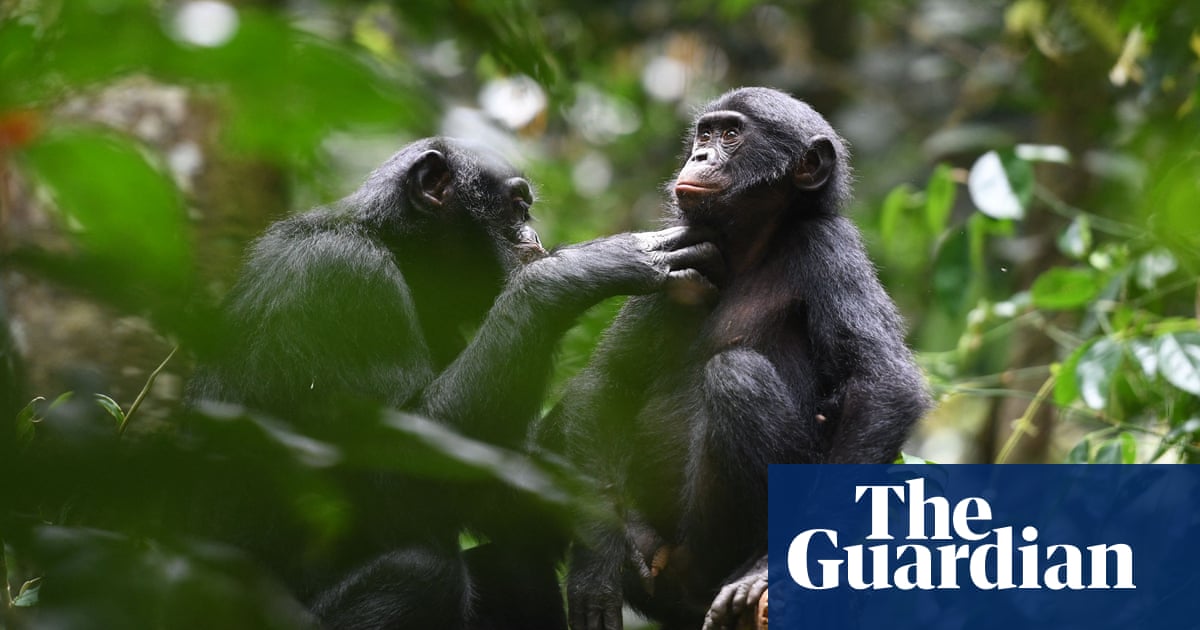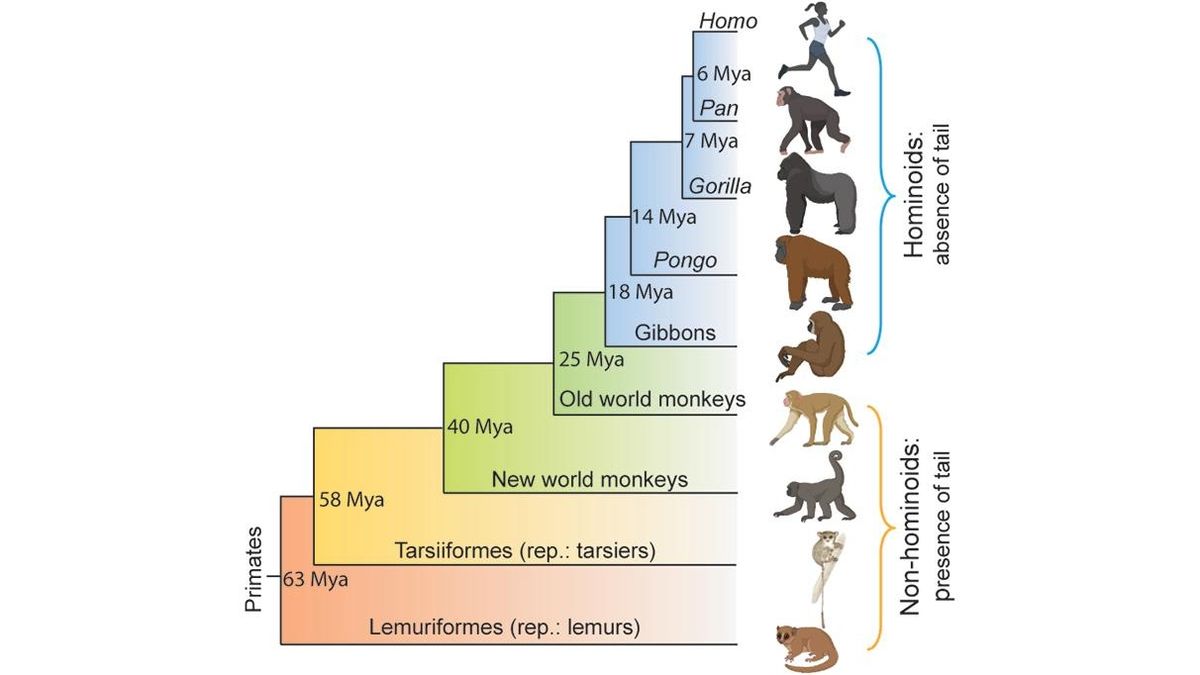






The belief that man descends directly from the ape is a simplified statement that does not encompass the complexity of our evolutionary process. Charles Darwin postulated a common ancestor shared between primates and Homo sapiens. Homo erectus marked a crucial milestone in human evolution with closer anatomical similarities to modern humans. Homo sapiens emerged in Africa about 200,000 years ago, developing physical abilities, social and cognitive skills. The Agricultural Revolution 10,000 years ago led to a sedentary life and the active modification of the Earth's natural landscapes. Science supports the theory of a common ancestor shared between primates and Homo sapiens. Experiments with monkeys highlight the complexity of animal cognition and the influence of the environment on behavior [6317d25b].
A groundbreaking study published in the journal reveals genetic clues about why apes, including humans, lost their tails approximately 20-25 million years ago [94c63537]. The study identified a significant genetic mutation involving an insertion of DNA called AluY within the regulatory code of a gene known as TBXT, which resulted in mice being born without tails. The loss of tails in our ape ancestors may have facilitated the development of an upright posture and marked a critical transition towards bipedalism. However, the same genetic alteration that led to tail loss is also potentially linked to neural tube birth defects in modern humans. The study highlights the importance of genetic research in understanding our evolutionary past and opens new avenues for exploring other distinctive human features.
Recent analyses indicate that modern humans carry up to 4% Neanderthal DNA, a result of interbreeding that likely occurred in the Zagros Mountains of Iran between 47,000 to 65,000 years ago. This genetic legacy is most pronounced in East Asians, intermediate in Europeans, and lowest in Southeast Asians, while sub-Saharan Africans exhibit 0% to 0.3% Neanderthal DNA. The Neanderthals, who went extinct around 28,000 years ago, may have found their last refuge in Gibraltar. Significant archaeological finds, such as those from Shanidar Cave, provide insights into Neanderthal life, revealing evidence of both empathy and violence [1b4778cd].
A recent study highlights the genetic influence of Denisovans, a close relative of Neanderthals, on modern human populations, particularly Tibetans. Genetic analysis began with a finger bone discovered in 2008, revealing that Denisovans became genetically distinct from Neanderthals around 400,000 years ago. Evidence shows at least three gene transfer events from Denisovans to modern humans, with Denisovan genes helping Tibetans cope with low oxygen levels, boosting Papuan immunity, and assisting Inuit in fat metabolism. This research underscores the limited understanding of Denisovan impact on modern humans and aims to uncover hidden traces of Denisovan ancestry [35365769].
The story of a boy raised with a monkey highlights the influence of environment and education on human development. The invention of the alphabet gave man the ability to communicate. Neuroplasticity and continuous learning contribute to psychic development. Mental gymnastics promote neuroplasticity and cognitive development. The ability to learn from experience, imitate, and adapt to new circumstances is inherent in both monkeys and humans. Each chapter of human evolution has contributed to our uniqueness as a species. The ability to learn to learn, cognitive flexibility, and conscious decision-making distinguish us on the evolutionary path.
A recent study challenges the long-held belief that bonobos are more peaceful than chimpanzees. The study, which followed 12 male bonobos and 14 male chimpanzees, recorded their interactions and aggressive behaviors. The findings revealed that bonobos exhibit higher rates of male-on-male aggression compared to chimpanzees. Specifically, bonobos had 2.8 times more frequent aggressive acts between males, with physical contact being 3.0 times more frequent. Interestingly, male bonobos treated females differently, with male-on-female aggression being less common and female-on-male aggression being more common. The study also found that aggressive males had greater success in mating with females. These findings challenge the notion that bonobos are more harmonious than chimpanzees and raise questions about the evolution of aggression in these species [3e712aaf].
China's oldest Homo sapiens remains, previously believed to be up to 227,000 years old, have been re-analyzed and found to be between 33,000 and 23,000 years old. The skeletal remains, found in southern China's Liujiang District, now align with dates from other human fossils in northern China, suggesting a geographically widespread presence of Homo sapiens across Eastern Asia after 40,000 years ago. Fossil teeth found in southern China's Fuyan Cave, estimated to be 80,000-120,000 years old, further support the idea that Homo sapiens have been in China for at least 40,000 years. Remains found near Beijing belonging to a Homo erectus individual known as 'Peking Man' are between 230,000 and 780,000 years old. Other hominin finds in China are nearly 2 million years old [32778405].
A new study suggests that the emergence of fashion can be traced back to the Paleolithic era, specifically during the ice age. The study analyzed the world's earliest eyed sewing needles found in the Denisova Cave, which was inhabited by Denisovans, Neanderthals, and modern humans. The dip in temperature during the ice age prompted the residents of the cave to create more sophisticated tools, including eyed needles, to protect themselves from the cold. The researchers suggest that there is a link between the eyed needles and the development of more thermally effective fitted clothing, including underwear. The use of eyed needles also allowed for the decoration of clothing with beads and fur, making their regular garments more exciting. The study highlights the transition of clothing from utilitarian to social purposes and the emergence of fashion as a means of creative expression [4415e0b1].